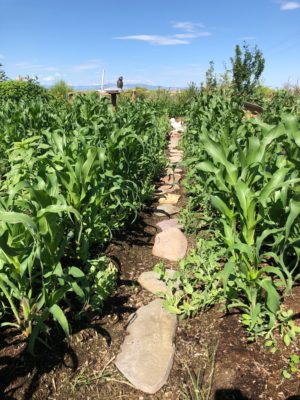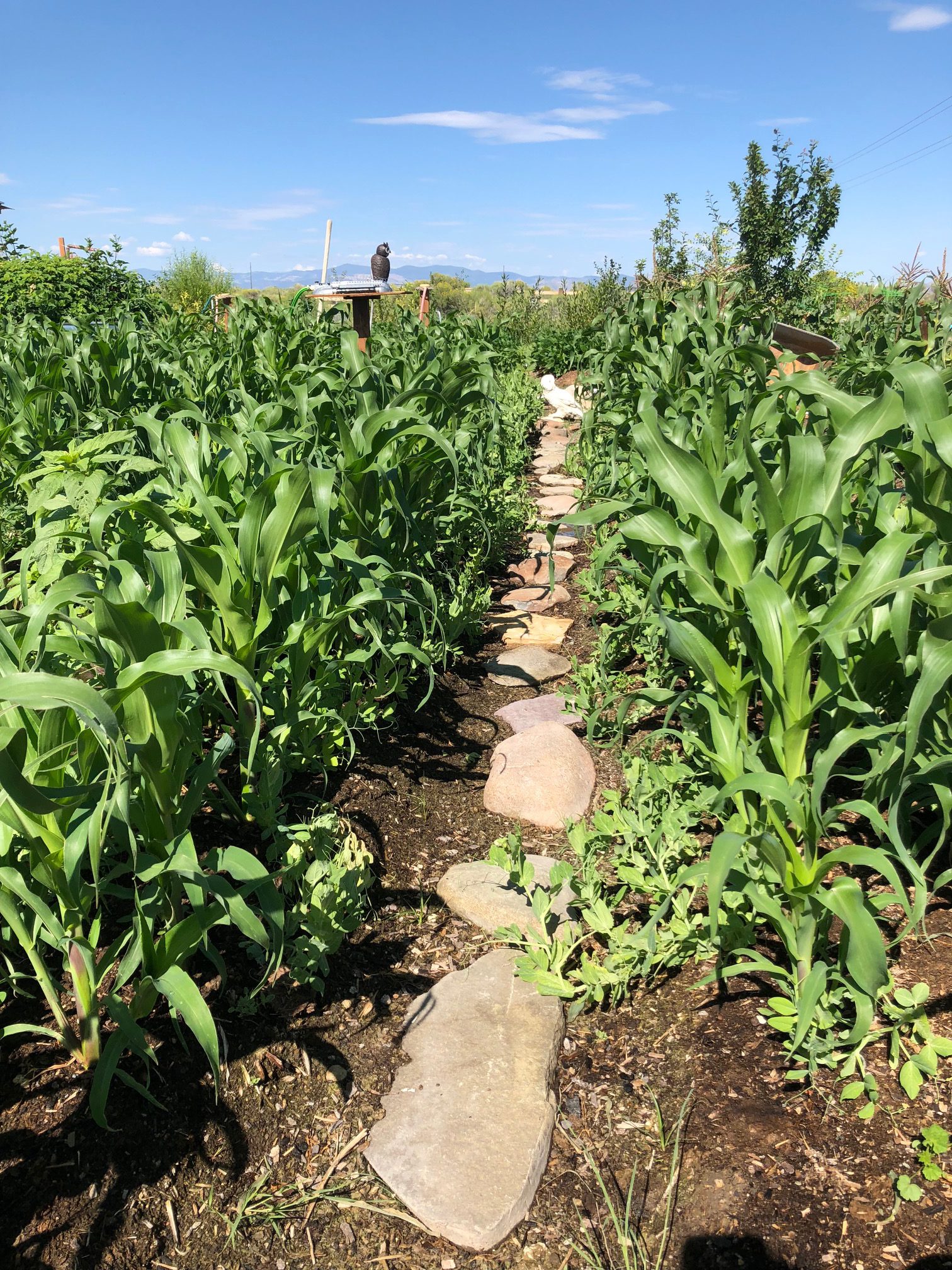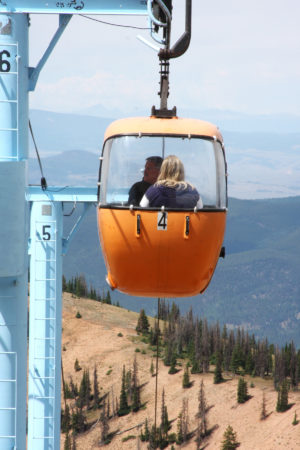By John Mattingly
Ask not what you can do to weeds, ask what weeds can do for you.

Weeds can tell you a lot about the tilth, fertility and structure of your soil. Some weeds can be used to improve the soil for garden crops. If, for example, the ground has a drainage problem or a hardpan, weeds like cocklebur, thistle and quack grass, if managed properly, can yield good ground from wasteland because their tough and extensive root systems break through the hardpan and, in some cases, absorb salts.
World War Weeds. Waging war on weeds shows a lack of imagination. A weed is a plant-out-of-place. Sunflowers in beans are a weed, but beans in a field of flowers are a nitrogen source, just as peas grown alongside corn or tomatoes will cause both to flourish. In fact, peas planted thoughtfully among most garden crops creates a symbiotic relationship worth considering.
Peas and beans planted in with squash and pumpkins or strawberries yields a lot of both, if each are pruned. An occasional clover or alfalfa plant in the garden is always good, and planting clover with small grains can work but can be tricky if the clover out-grows the grain.
A Weed in the Hand is Worth Two in the Field. Picking weeds by hand is rewarding, especially when a juicy weed comes out by the taproot with all the root hairs still attached, yet without uprooting the adjoining crop.
[InContentAdTwo]
A Weed in Time. Plucking young weeds is smart, but also remember that a small weed can play dead. Best to kill weeds when they are three or four inches above ground.
Meetings With Remarkable Weeds. In 1975 a twelve-inch root section of bindweed, cocklebur, knapweed, Canadian thistle, and quack grass were stapled to the top of a fencepost and left until 2004, at which point the shriveled and desiccated root pieces were placed six inches in the ground. No fertilizer or water. After the first significant rain, all five weeds sprouted and continued their journey. Look Homeward, Weed.
The Will to Weed by Neat Itch Key. Weeds can be so overwhelming that sheer will must be prompted to confront them.
I Love Weed. Forget the plural. This weed can make weeding deeply fascinating.
Wag the Weed. Removing or mangling the flowering heads of a weed in a timely fashion frustrates the weed because its energy is now in seed production mode. Whacking it off means the weed has to start over again. Do this enough times and the weed will become a low-growing weed that can, in some circumstances, be used as ground cover or a doormat, giving the gardener the satisfaction of walking on it daily.
Some gardeners have gone so far as to place the weed heads in their driveway and drive on them until the weed heads are ground into the concrete. Of course, this is overdoing it. The weed will connect with the gravel and subsoil under the concrete and come back flourishing, or be transported to a fertile location by clinging to the tires.
The Secret Life of Weeds. Weeds like to grow right next to the crop and hide, blending in and making seed before you notice it.
Wandering Weeds. The weeds that spread by root and seed are perhaps among the most pernicious. The only way to stop these weeds is with competition for a crop that has equal enthusiasm for growth, such as planting alfalfa or grass to diminish Canadian thistle or pumpkins and winter squash to strangle bindweed. The only way to stop a bad weed with a big root is with a good weed that has a bigger root.
Death of a Weed. For the remarkable weeds, death is an illusion. To these weeds, herbicides are like dining at a fine restaurant.
Weeds of Wrath. These are stinging nettles, which, incidentally are growing along the Salida bike path. Best not crash into one of those wrathful plantations.
Moby Weed. See Wandering Weeds.
The Day a Weed Stood Still. Sometimes a disease or insect attacks only a noxious weed, leaving our crop alone. The last time this happened someone tried to make a movie of it and lightning struck.
Weeds and Peace. Making peace with weeds is perhaps the best way to go. A weed is just a plant that humans don’t want in a particular place at a particular time. In a robust irony, humans have a lot in common with weeds. Both of us are adaptable, both cause and reclaim disturbed biomes, both go to seed indiscriminately, and both are capable of creating an absurd battery of nuisances.
A big difference between weeds and humans, however, is that weeds adapt their physiology rather than their ecosystem to planetary circumstances, and weeds don’t lie. They are what they are and they make no bones.
John Mattingly cultivates prose, among other things, and was most recently seen near Moffat.




